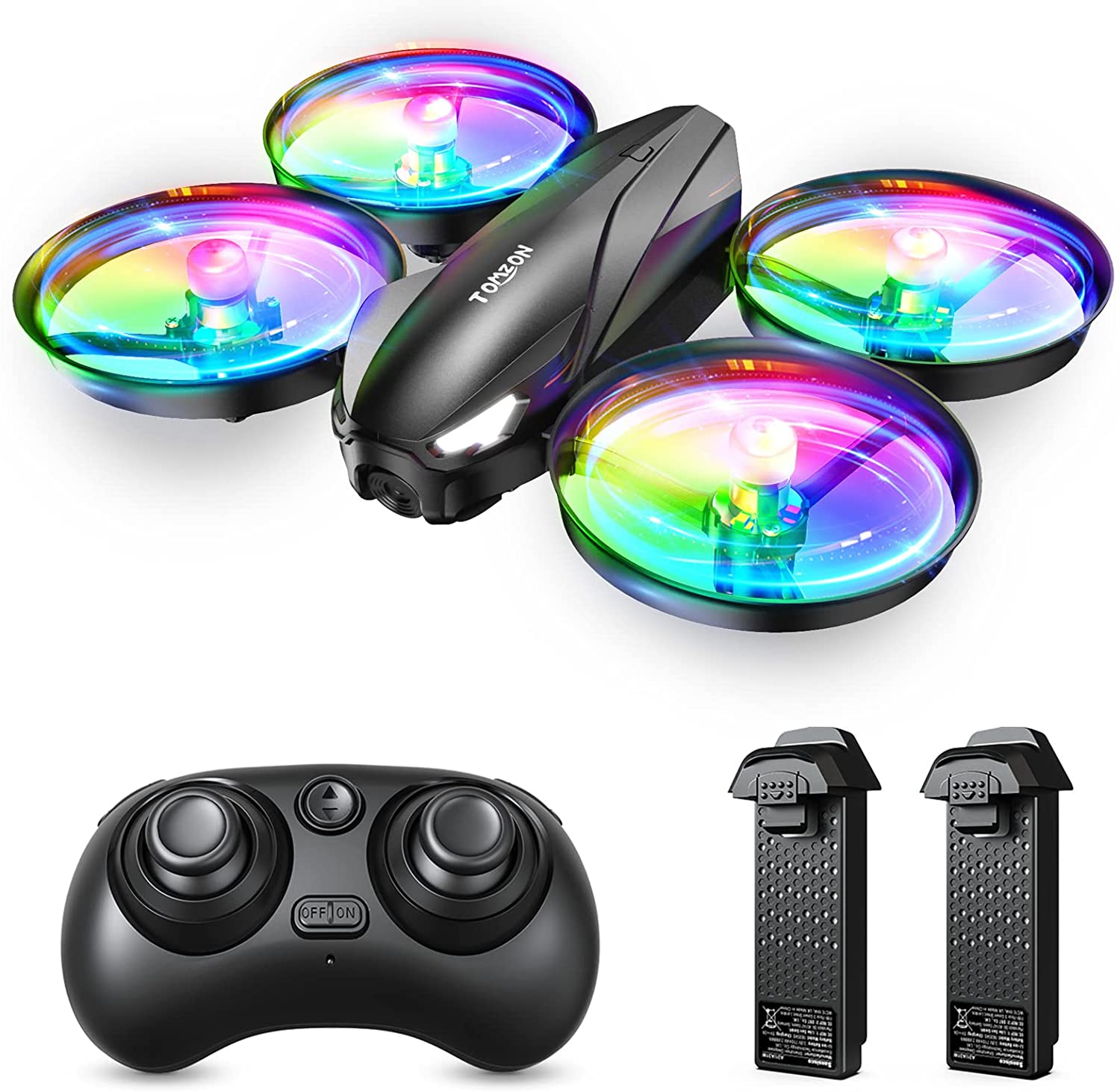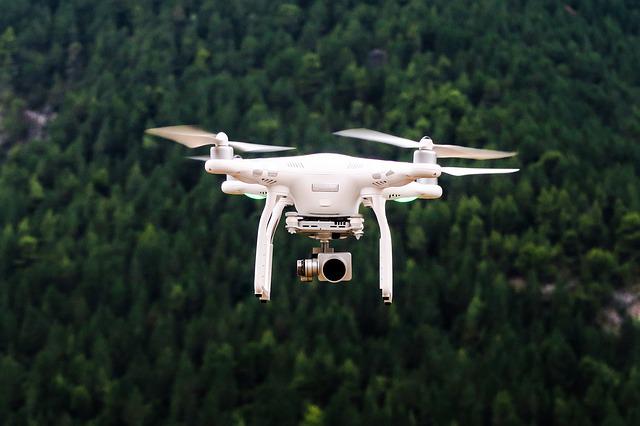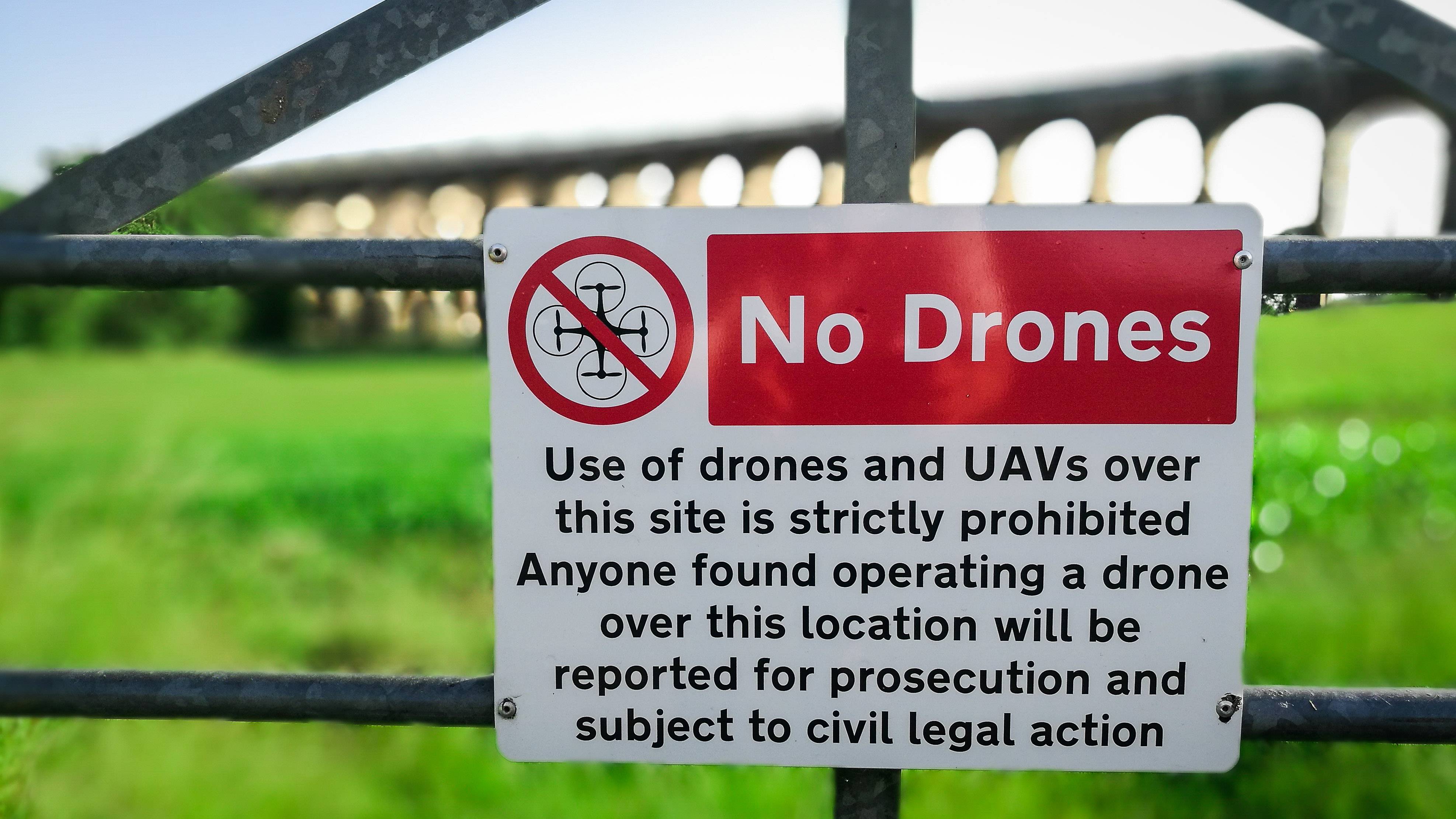
Chinese companies have $3.7 trillion of foreign-exchange reserve funds. China would be able to use these funds for its aviation industry. China will instead spend the funds on a new fighter plane, and would rather buy airplanes from France or the U.S. John Dowdy leads McKinsey’s defense and aerospace practice.
Innovation is encouraged by the use of competitive intelligence in the aerospace and defence sector
Competitive intelligence is crucial for the aerospace and defense sectors, no matter if it is a new product. There are only a few big players in the aerospace and defense industry. Many companies have large budgets, and need millions of parts and support systems in order to keep their aircraft flying. This doesn't necessarily mean that they lack competition. Competitive intelligence is about gathering data and analyzing it to gain actionable insight.
This sector is marked by fierce competition among the key players. Companies are actively looking to acquire companies in this sector. Boeing acquired ForeFlight in March 2019, and it has been collaborating with the company since then to develop pioneering aeronautical applications and charts. Competitive intelligence is critical to keep pace with the increasing number of competitors in aerospace and defense. IFS can identify new opportunities for aerospace companies through its specialized expertise.
Troubled programs can be turned around
The firm's success in retaining government clients is the culmination of its 70-year mission. McKinsey began pushing the idea that businessmen should succeed civil servants in management roles in the 1950s. This self-interested approach was perfectly calibrated for the Cold War environment. Despite its self-interest, McKinsey was able to woo the fledgling National Aeronautics and Space Administration with its 1960 report on a new, more efficient and cost-effective way to design spacecraft.

The firm's work has prompted controversy. The General Services Administration (GSA), which oversees federal procuring, cancelled two contracts with the company, one of which earned $1 billion between 2006-2019. The company claimed that the contracts were too costly and high-risk for them to be subject to further scrutiny. The GSA discovered a GSA supervisor, who supported the firm's actions, despite his history of favoritism.
Profiting from your supplier network
Inventory tends to be higher in commercial aerospace than it is in defense. A company can reduce inventory by focusing on this issue in a world where inventory is the king. But how can you do it? Here are some tips that will help you improve the efficiency in your supply chain. Understanding the dynamics of your supply chains is key. Commercial aerospace companies will have to keep twice as many inventory than industrial competitors. The complexities of this ecosystem are particularly challenging for commercial aerospace players, which tend to have large inventories and typically work with sole-source suppliers.
Ultimately, this type of transformation requires investing in development, capital expenditures, and inorganic growth opportunities. Although this sector is dominated by research and development, there are numerous ways to turn large amounts of cash into value. The key is to know where and how to go about it. These tips will ensure that aerospace and defense companies are well on their way towards doubling their value drivers.
Capitalizing on the market
During recent downturns, aerospace companies did not consolidate operations or change the composition of their businesses. They focused instead on resolving problems and winning key programs that will improve business performance and yield large returns for shareholders. These times are critical for survival. Companies that were able to reposition aggressively and quickly were better placed to take advantage of a rebound in defense spending.

The current global economic crisis is weighing heavily on air travel and military equipment. U.S. Airlines are suffering from high leverage and declining profits. They are also cancelling plane orders and overstating orders for the next five year. It is also difficult to find commercial aircraft refurbishment or night vision technology for law enforcement agencies. In addition, defense companies need to focus on changing the industry structure and developing a technical approach to reduce costs.
FAQ
Which US states make drones legal?
You can legally operate a drone for hobby purposes. The Federal Aviation Administration (FAA), established guidelines that allow individuals to fly small unmanned aircraft systems. Before UASs can be flown, they must be registered with FAA. If certain conditions are met, the FAA allows commercial operators to fly these UASs.
Is Drone Use Banned in Your Country?
The FAA prohibits drones from flying within close proximity to airports, stadiums and sporting events, as well as nuclear power plants, hospitals and prisons. They allow them to fly at nights using GPS technology.
Are you interested in flying with a drone while on the road?
Drones are becoming increasingly popular for both personal use and commercial purposes. Drones are used for filming, photography, aerial mapping, search and rescue, as well as other purposes. New regulations were approved by the FAA, which includes requirements for registration, licensing pilot training and insurance. These changes will help ensure that drones stay safe for all.
What kind batteries does a drone need?
Most drones use lithium-ion batteries. A typical drone runs on between 3 and 6-volts.
Do I require special training to fly a drone
No, you don’t have to learn any special skills in order for your drone to fly. You will only need a remote control unit, and some knowledge about flight mechanics.
Statistics
- According to ZipRecruiter, the minimum hourly wage of drone pilots is $20. (thedroneu.com)
- Research and Markets predict a growth rate of 51.1% over the next five years. (thedroneu.com)
- According to industry research from ZipRecruiter , there are 10 cities where the typical salary for a Drone Pilot job is above the national average. (dronesgator.com)
External Links
How To
How to Fly Drones with Beginners
A drone refers to a remote-controlled aircraft designed for aerial photography, surveillance and scientific research. Drone technology has existed since World War II. DJI's Phantom series of quadcopters was the first to be commercially used. From beginner-friendly drones such as Parrot AR Drone 2.0 through professional-grade multirotor craft like DJI Mavic Pro, many types have been available.
There are several ways to fly a drone, including;
-
Remote control: This uses a remote control device that attaches to your hand and allows you control the drone along its flight path. There are two types of controllers available: joysticks and on/off switches.
-
Manual Control - Using a smartphone app, this method allows users to remotely operate the drone via GPS coordinates. You must keep track of the location where you want the drone to go and follow the instructions from the app.
-
Autonomous flight - The drone takes over the piloting duties. The drone is able to fly autonomously, without the need for human intervention. To enable autonomous flight, the drone should have a built in camera and sensors capable recording images and data.
-
Triggered Flying - This method works in the same way as manual control. However, the pilot has to manually set up a route for the drone and it follows that route until reaching the endpoint. The drone automatically lands once the route has been completed and returns to the base.
-
Landing Gear: Some drones have landing gear that allows them safely to land in case they lose power or run low on battery.
-
Goggles-Some pilots use goggles to protect their eyes from debris during operations.
-
Camera - You can capture photos and videos with your drone from the air.
-
Obstacles - Some drones can be equipped with obstacle avoidance systems that prevent them from crashing into obstacles.
-
Speed - Some drones can travel at speeds over 40 mph.
-
Battery Life - Most drones are capable of lasting between 20 minutes and three hours, depending on the power that you use.
-
Range - Some drones can travel upto 30 miles depending on their models.
-
Power source: Some drones will require an external power source while others can be powered by internal batteries.
-
Weight - Some drones can be as light as 1 pound while others can reach 4 pounds.
-
Size - Drones can range in size from tiny devices that can fit in your palm to heavy crafts that weigh 50 pounds.
-
Price - From high-end models that cost thousands of dollars to low-cost options that start at $100, all drones fall under a certain price category.